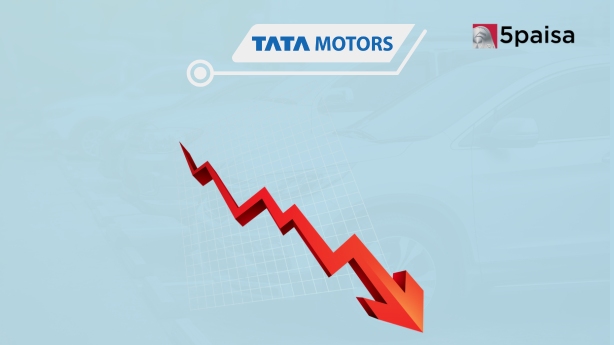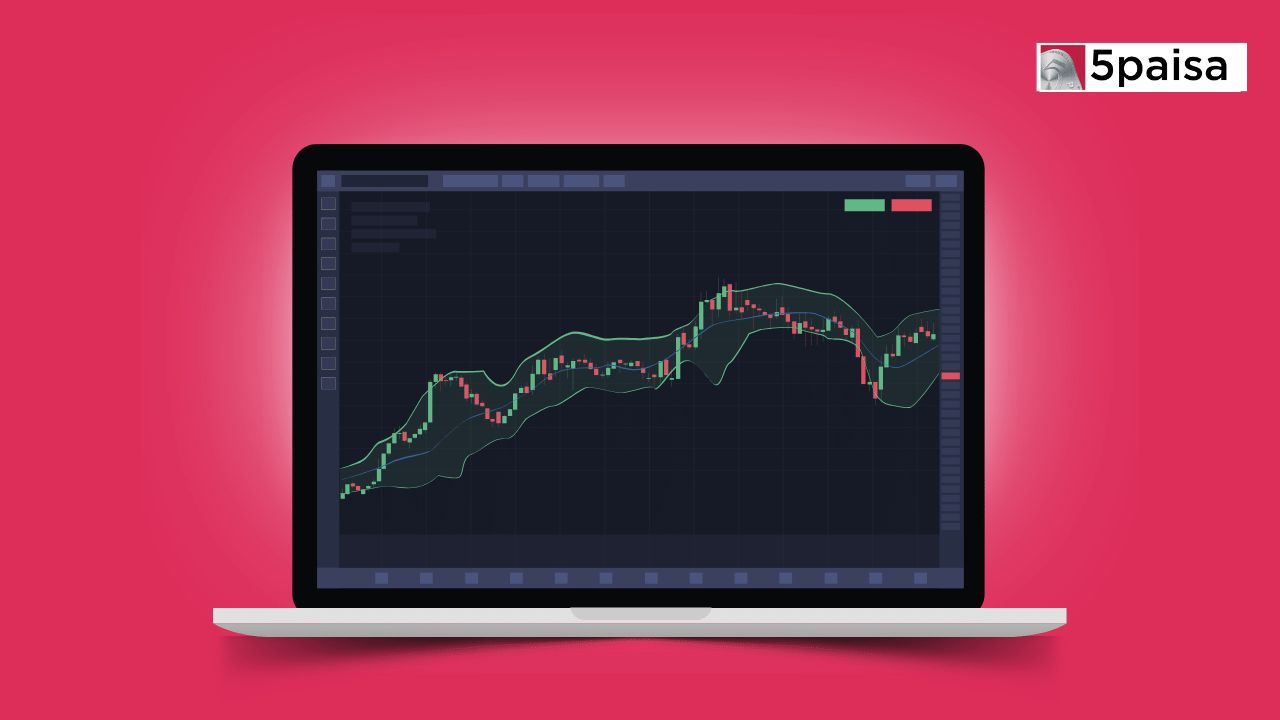iThe current values are delayed, open demat account for live values.
Nifty PSE
Nifty PSE Performance
-
Open
8,623.50
-
High
8,703.40
-
Low
8,535.60
-
Prev Close
8,643.20
-
Dividend Yeild
3.56%
-
P/E
11.18
Nifty PSE Chart

Color code for Stocks Performance
- 5% and above
- 5% to 2%
- 2% to 0.5%
- 0.5% to -0.5%
- -0.5% to -2%
- -2% to -5%
- -5% and below
Constituent Companies
| Company | Market Cap | Market Price | Volume | Sector |
|---|---|---|---|---|
| Bharat Petroleum Corporation Ltd | ₹109135 Cr |
₹251.3
(8.22%)
|
9041504 | Refineries |
| Bharat Electronics Ltd | ₹187167 Cr |
₹256.1
(0.86%)
|
19942821 | Aerospace & Defence |
| Steel Authority of India Ltd | ₹46572 Cr |
₹112.76
(1.77%)
|
15859462 | Steel |
| Hindustan Petroleum Corporation Ltd | ₹68718 Cr |
₹323
(6.5%)
|
5566009 | Refineries |
| Bharat Heavy Electricals Ltd | ₹68353 Cr |
₹196.41
(0.13%)
|
13293383 | Capital Goods - Electrical Equipment |
Nifty PSE Sector Performance
Top Performing
| Sector Name | Percentage Change |
|---|---|
| Ceramic Products | 0.01 |
| Dry cells | 2.46 |
| Real Estate Investment Trusts | 0.52 |
| Paints/Varnish | 0.6 |
Under Performing
| Sector Name | Percentage Change |
|---|---|
| Diamond, Gems and Jewellery | -1.56 |
| IT - Hardware | -0.49 |
| Leather | -0.67 |
| Healthcare | -0.4 |
Nifty PSE
A stock market index is a tool used to measure the performance of a specific group of stocks, representing a particular sector, market, or economy. It helps investors gauge market trends, make informed decisions, and benchmark the performance of their investments. Indices are typically created by selecting companies based on criteria such as market capitalization, liquidity, and sector representation.
They are periodically rebalanced to ensure they reflect the latest market conditions. Stock indices serve as a key reference for investors, offering insights into the health and direction of specific industries or the overall economy.
What is the Nifty PSE Index?
NIFTY PSE Index is a sectoral index on the NSE that tracks the performance of private sector banks in India in real-time. It includes 10 tradable stocks from the PSEing and financial services industry, with a weight cap of 33% since April 2019. Launched on January 5, 2016, with a base value of 1000 (base date: April 1, 2005), the index is reconstituted semi-annually to reflect industry changes.
Managed by NSE Indices Limited, the index operates under a three-tier governance structure: the BOD, the Index Advisory Committee, and the Index Maintenance Sub-Committee. NIFTY PSE is also available as a Total Returns Index for benchmarking and investment products.
How is the Nifty PSE Index Value Calculated?
The NIFTY PSE index value is calculated using the formula:
Index Value = Current Index Market Capitalization / (Base Free Float Market Capitalization * Base Index Value)
Current Index Market Capitalization is derived from the number of shares outstanding, multiplied by the Investible Weight Factor (IWF), capping factor, and price. Since the index follows the market capitalization method, the IWF is set at 1.
The index is rebalanced semi-annually using six months of data, with cutoff dates on January 31 and July 31. Any changes to the constituent stocks take effect on the last trading day of March and September. Stocks may be removed due to suspension, delisting, or corporate events like mergers, demergers, or acquisitions. This process ensures the index accurately reflects the current dynamics of the PSEing sector.
Nifty PSE Scrip Selection Criteria
The NIFTY PSE share price is calculated by weighting its 20 constituent stocks based on periodically capped free-float market capitalization, relative to a base market capitalization, on a real-time basis. For a stock to be included in the NIFTY PSE index, it must meet certain eligibility criteria:
● The stock must be listed on the National Stock Exchange (NSE) and form part of the NIFTY 500 index.
● The stock must have at least 51% ownership by the central or state government, either directly or indirectly.
● If the number of eligible stocks drops below 10, the deficit stocks will be selected from the top 800 ranked stocks, based on average daily turnover and market capitalization over the past six months.
● The stock must be in the public sector enterprise (PSE) sector.
● A new stock must have a float-adjusted market capitalization of at least 1.5 times that of the smallest constituent in the index.
● It must have a trading frequency of at least 90% over the past six months.
● A listing history of six months is required, although IPOs meeting the criteria can qualify after three months.
● A single stock’s weight is capped at 33%, with a 62% cumulative cap for the top three stocks during rebalancing.
How does Nifty PSE work?
The Nifty PSE index tracks the performance of 20 public sector enterprises (PSEs) listed on the National Stock Exchange (NSE). These companies must have at least 51% government ownership, either by the central or state government. The index is weighted based on free-float market capitalization, meaning only the shares available for public trading are considered.
It is periodically rebalanced to ensure accurate representation, with a single stock’s weight capped at 33% and the top three stocks capped at 62% cumulatively. The index provides real-time performance tracking, giving investors insights into India's public sector enterprises across multiple industries.
What are the Benefits of Investing in the Nifty PSE?
Investing in the Nifty PSE index offers several benefits. It provides exposure to India's leading public sector enterprises (PSEs) across diverse industries like oil, gas, power, and capital goods, allowing for sectoral diversification. These companies often have stable government backing, which can provide a sense of security for investors.
Additionally, the Nifty PSE index includes large, well-established firms with significant roles in India's economy. The index is rebalanced periodically, ensuring it stays relevant to market dynamics. For investors seeking steady returns and exposure to government-influenced sectors, the Nifty PSE offers a well-rounded option.
What is the History of the Nifty PSE?
The Nifty PSE index was launched on January 2, 1995, by the National Stock Exchange (NSE) to track the performance of India's public sector enterprises (PSEs). It was created to provide a focused view of government-owned companies, which play a crucial role in key sectors of the Indian economy, including oil, gas, power, and capital goods.
The index started with a base value of 1,000 and includes 20 companies where the central or state government holds at least 51% ownership. Over the years, the Nifty PSE index has become a significant tool for investors looking to gain exposure to India's PSE sector.
Other Indices
| Indices Name | Price | Price Change (% change) |
|---|---|---|
| India VIX | 14.53 | -0.15 (-1.02%) |
| Nifty 10 Yr Benchmark G-Sec | 2477.38 | -3.81 (-0.15%) |
| Nifty 10 Yr Benchmark G-Sec (Clean Price) | 893.06 | -1.58 (-0.18%) |
| Nifty 100 | 23274.05 | -137.35 (-0.59%) |
| Nifty 100 Alpha 30 Index | 16085.8 | -230.85 (-1.41%) |
Faqs
How To Invest in Nifty PSE Stocks?
To invest in Nifty PSE stocks, you can buy individual stocks listed in the index through a Demat account. Alternatively, you can invest in ETFs or index funds that track the Nifty PSE Index, offering a diversified and cost-effective way to gain exposure to top large-cap companies.
What are Nifty PSE stocks?
Nifty PSE stocks are the top 20 public sector enterprises (PSEs) listed on the NSE, with at least 51% government ownership. They span key sectors like oil, gas, power, and capital goods.
Can you trade shares on Nifty PSE?
Yes, you can trade shares of companies listed in the Nifty PSE Index through a Demat account. You can buy and sell these stocks during market hours like any other listed stock. Additionally, you can invest in ETFs or index funds based on the Nifty PSE Index for broader exposure.
In which year was the Nifty PSE Index launched?
The Nifty PSE Index was launched in January 1995 by the National Stock Exchange.
Can we buy Nifty PSE and sell it tomorrow?
Yes, you can buy Nifty PSE stocks and sell them the next day, following the BTST (Buy Today, Sell Tomorrow) strategy. This allows you to take advantage of short-term price movements without waiting for the usual settlement period.
Latest News

- Feb 21, 2025
Indian stock markets ended in the red as key indices faced pressure from auto and financial stocks. The Sensex fell 424 points to close at 75,311, while the Nifty slipped 117 points to end at 22,795. The sell-off was led by the auto sector, which tanked 2.5% following reports of a potential reduction in import duties on EVs.

- Feb 21, 2025
The ownership structure of India Inc. is experiencing a significant transformation, with foreign portfolio investors (FPIs) reaching their lowest stake in NSE-listed companies in 13 years. In contrast, domestic mutual funds (MFs) and retail investors are making substantial gains.

- Feb 21, 2025
Amid reports of senior executives departing Tata Motors Ltd. ahead of its planned demerger, the company’s stock faced significant selling pressure during Friday’s early trading session. Tata Motors' share price opened lower at ₹686 per share on the NSE and quickly dropped to an intraday low of ₹673.30 within the first hour of trading.

- Feb 21, 2025
Regulated entities must cultivate the necessary capabilities to adapt to and adhere to evolving regulations, stated Rajeshwar Rao, deputy governor of the Reserve Bank of India (RBI), on February 21. As financial institutions increasingly adopt artificial intelligence (AI), cloud computing, and API-driven finance, the demand for strong governance frameworks and risk management strategies has never been more critical, he noted.
Latest Blogs
Introduction to Ashish Kacholia Ashish Kacholia's financial journey began in the 1990s. He gained valuable experience at firms like Prime Securities and Edelweiss before founding Lucky Securities in 1995. In 1999, he co-founded Hungama Digital with Rakesh Jhunjhunwala, showcasing his ability to spot emerging trends.
- Oct 10, 2025

Navigating the numerous banking options in India is essential for individuals and businesses alike. The best banks in India go beyond traditional banking, offering a wide array of financial services that play a crucial role in the country's economic stability. From innovative digital banking solutions to comprehensive investment and loan offerings, these famous banks in India serve as reliable financial partners.
- Apr 14, 2025


Nifty Prediction for 24th February Another weak day for the NIFTY as it falls 0.6% and closes marginally below 22800. Auto stocks corrected sharply on concerns over a new EV policy that could increase competition. M&M was the top loser at -6%. TATAMOTORS also corrected 2.5%. ADANIPORTS AND WIPRO were among the other top losers. On the other hand, HINDALCO, SBILIFE AND TATASTEEL bucked the trend and were up 2-2.5%. ADR was weak at 0.3 and indicates a broadbased correction.
- Feb 21, 2025
